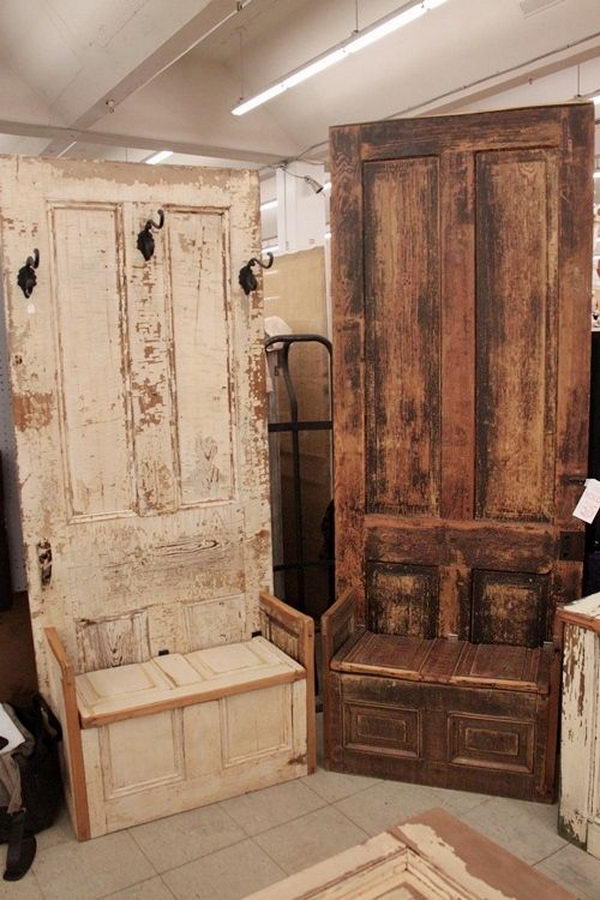
The improved sifting screens sold well for decades until the Civil War cut off the southern market and business tanked, leaving the company swimming with screening and frames. Three-panel screen doors, such as the one on this Georgian house, were typical of the Plain Style sold in the 1910s and later. The result was an affordable fine metal cloth that could be stretched on a wood frame. in Connecticut, experimented with mechanically weaving wire screen on looms designed for making carpets.

To improve on the horsehair historically used to make sieves for sifting flour and grains, the Gilbert and Bennett Manufacturing Co. Though it was a common practice to tack gauze over window openings to thwart insects, wire screening wasn’t even commercially available until about 1830. Screen doors have been so omnipresent on old houses over the last century that it may be a surprise to learn they were rare before 1870. Fortunately, traditional wood screen doors are designed to be repaired, and when hardware or frames are missing or beyond repair, there’s a bounty of reproductions available to fit the screen door look from any era.
#Changing screen on screen door Patch#
Screens, especially, don’t hold up forever, eventually needing either a patch job or complete replacement.

Unbelievably light, open, and nearly two-dimensional, screen doors are workhorses that still take a beating from over-eager children, anxious pets, and errant softballs. Victorian-era doors can be decked with spandrels, brackets, and gingerbread trim.


 0 kommentar(er)
0 kommentar(er)
